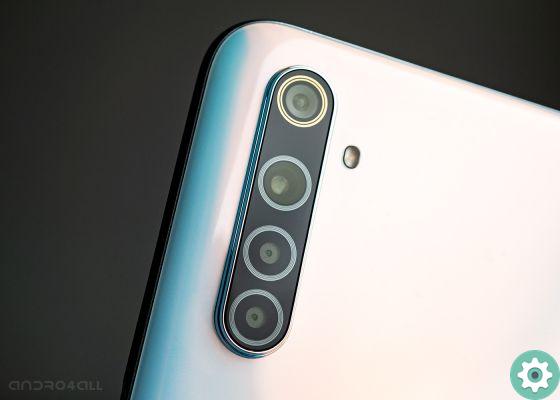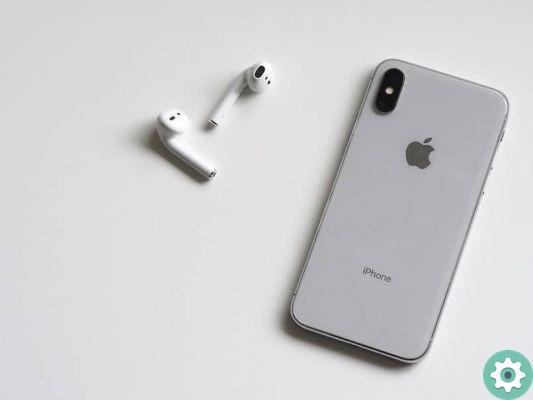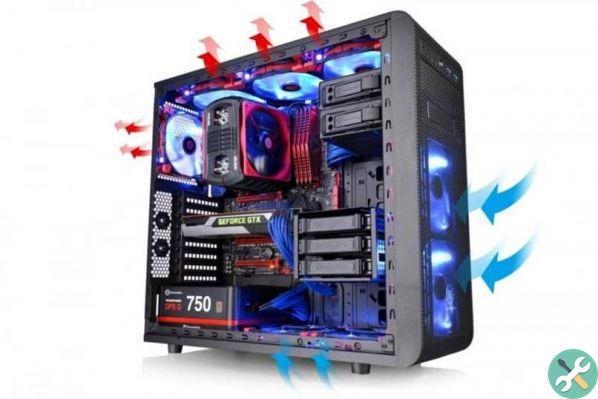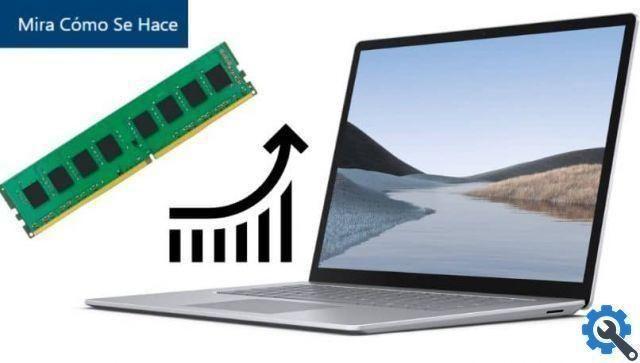When it comes to mobile photography, megapixels aren't everything. When it comes to evaluating the photographic sections of smartphones, really essential aspects are underestimated, which can make the difference between a great camera and a mediocre one. One of them is image stabilization, an aspect that is often not given the importance it deserves.
And is that good image stabilization can make a mediocre sensor capable of generating a high quality image or substantially improve the night photography capabilities of a device. In this guide we will go into more detail what is image stabilization and which types exist on the market today, so that it is easier to choose your next mobile based on its photo section.

The OnePlus Nord is one of the cheapest phones with optical stabilization
What is (and why is it so important) image stabilization
The concept behind image stabilization systems is simple to understand: broadly speaking, it is one technology - a device or software in charge of reducing the vibrations of the image captured through the sensor, in order to remove any unwanted movement that may result in blurred scenes or shifted video captures.
Although currently the existence of image stabilization systems is mainly associated with their use in smart mobile phones, the cameras they were the first to benefit from this type of technology. Since their emergence in the early 60s, these systems have made it possible compensate for unintentional camera shake, through mechanisms supported by gyroscopes, capable of slightly change the lens position in the opposite direction in based on the data collected by the gyroscope.
Year after year, the technology has evolved and it was possible to miniaturize this type of system, so much so that today we can find image stabilization built into mobile devices, as well as in the cameras themselves or lenses. Moreover, today they exist electronic stabilization systems in addition to optical systems, which in combination with the latter give life to one of the most effective stabilization systems that exist: hybrids.
Optical stabilization - OIS

Huawei P40 Pro includes optical stabilization
The past five years have been pivotal for the implementation of optical stabilization systems in mobile phones. Today, the vast majority of high-end mobile phones already include this type of system, commonly known as OIS - Optical Image Stabilization -, and little by little we see how some cheap terminals are incorporating these elements into their cameras.
As the name suggests, optical stabilizers are based on physical components and integrate a MEMS-type gyroscope –Micro Electro Mechanical Systems–, capable of interpret involuntary movements of the device and adjust the direction of the sensor in the opposite direction, to minimize vibration.
This system has its advantages, such as the fact that it is, in general, more effective in perform its function over some digital alternatives, which is more remarkable when combined with 'telephoto' type sensors, which require more precise stabilization. with a shorter focal length. In addition, the need for crop the scene while capturing video, necessary when using digital stabilization systems.
On the other hand, the optical stabilization system can help i less powerful mobile phones to be able to generate better stabilized video, as the stabilizer acts independently and does not affect the video capture process, unlike digital stabilization systems, which apply roughly a "filter" on the video captured in real time, thus adding more load to processing video.
But they are not perfect. Optical stabilization systems are components that add an additional cost to device development, and which ultimately affect the price di final sale Of these. It should also be borne in mind that, like any physical component, optical stabilizers they can fail.
Electronic stabilization - EIS

Cheaper mobiles usually only include electronic stabilization.
Also known as digital stabilization systems, electronic stabilizers or EIS they act in a very similar way to optical stabilizers, with the difference that this type of system does not require specific hardware, but rather takes advantage of the existence of sensors present in the device such as the accelerometer, to detect and correct involuntary movements.
Most systems of this type integrated in current smartphones base their operation on one adjustment that acts on the image obtained by the sensor itself. In this way the captured area is slightly reduced giving a zoom effect. Therefore, the visible area moves between the upper area compensating for the movement. When capturing video, stabilization algorithms work by identifying a high contrast point in the image to keep it fixed.
Although, in general, these types of systems can be very effective when it comes to stabilizing our videos and supporting sensors when taking pictures while minimizing vibrations, they are not without drawbacks either. To the problems mentioned above, we need to add a few effects or aberrations which can arise during video recording, such as the famous "jelly effect" caused by a certain delay in the computation of perspective changes by the stabilizer. In the video below these lines, you can see a clearer example of this effect:
But perhaps the most obvious drawback is having to make do with a cropped area of the video, which when enlarged results in lower resolution and image sharpness.
Hybrid stabilization - HIS

OnePlus 8 Pro combines OIS + EIS to create a hybrid stabilization system.
Hybrid systems promise to combining the best of both worlds to end up offering the most effective stabilization systems available in a mobile phone. As the name suggests, hybrid stabilization systems combine the capabilities of an optical stabilizer with the advantages of a digital system. In recent years, more and more manufacturers - including Google - have chosen to integrate this type of system into their terminals.
The great advantage of this system is that we enjoy the benefits of both technologies. On the part of the OIS, we have the advantages it brings to the field of photography, mainly the ability to capture better quality night images. As for the EIS, we have the ability to be a system that it can be easily improved through software updates.
Which is better?
To evaluate which system is best, it is necessary examine which of them performs its function most effectively, managing to minimize vibrations and movements during the video capture process, or giving the possibility of take pictures in badly lit scenes without blurring, giving the sensor more time to capture light and thus generating a brighter image.
With a few exceptions, a good optical stabilization system should offer a better result of a digital one, especially when it comes to mobile phones that are far from the more expensive segments of the market. Furthermore, this type of system is almost indispensable if we talk about terminals whose photographic configuration provides for a "telephoto" of any type.
However, the existence of the digital stabilization it already guarantees a minimum of vibration reduction when capturing video and for most users it might be more than enough.
La hybrid stabilization, without being clearly superior to other systems, can do score points in terms of versatility, and it's definitely an interesting addition to consider, especially when it comes to the more expensive mobile market.
It is necessary to remember that, in recent years, some manufacturers have decided to go further, devising new stabilization systems like Vivo's gimbal-like technology, which promises to offer a never-before-seen motion and vibration reduction system. However, this type of technology is not yet widespread enough, and it is very likely that it never will be - at least in the short term - due to its high production cost and the size of its components.


























